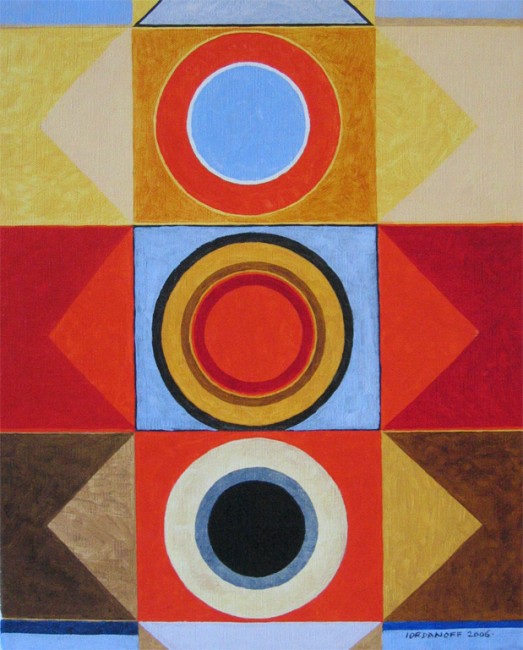

These delta (∆) values were also compared among the groups ( Table 2). The differences in renal function parameters and body weights were calculated by subtracting the baseline values from the 6 th day values. Baseline and day 6 daily urine volumes, serum Cr, BUN, CrCl, FENa and proteinuria levels were shown in Table 1. On day 6, FENa showed a significant decrease in all study groups (p<0.005 for all groups). Serum BUN and Cr levels have increased and CrCl levels have decreased significantly (p<0.05 for all three groups) in all groups except group A. After three days of dehydration period, all rats lost approximately 10-15% of their baseline body weight and the differences were significant (p<0.01) for all groups ( Table 1).Ĭompared to baseline values, daily urine volumes have significantly decreased in CM and ACM groups on the 6 th day (p: 0.001 for both). The study groups were similar in terms of baseline body weight and renal function parameters, but only baseline proteinuria levels were slightly significant between the study groups. We have not experienced any loss of rats during the study. p<0.05 was accepted as the significance limit. We also assessed the significance of the differences between baseline and 6th day values by using paired samples t test. For comparison between groups more than two, analysis of variance (ANOVA) was applied, and for the post-hoc study, the Bonferroni test was used. Frequencies and percentages were used for categorical data. For the presentation of measurable continuous quantitative variables mean and standard deviation or median and interquartile range (IQR) were used depending on the distribution of variables. For interstitial spaces: Grade 0: no congestion, Grade 1: + (10% of medulla region in microscope area), Grade 2: ++ (10-25% of medulla region in microscope area), Grade 3: +++ (25-50% of medulla region in microscope area), Grade 4: ++++ (>50% of medulla region in microscope area).Īll statistical analyses were carried out using SPSS for Windows, Version 18.0 (Chicago, USA). Results: Compared to CM group, serum cystatin-C levels on 6 th day were found significantly lower in ACM group (p50%.Ģ. After sacrification, kidney histologies were examined with hematoxylin-eosin staining. On day 1 and 6 blood samples were drawn for renal function tests and inflammatory markers including TNF-α IL-1β, IL-6 and IL-18. A single dose of high-osmolar contrast media diatrizoate (Urografin 76%, Schering AG, Germany) was injected to groups CM and ACM at dose of 10mL/kg. Adrenomedullin was given at dose of 12μg/kg to groups A and ACM. Then, intravenous administrations of chemicals were performed. All rats were deprived of water from day 1 to day 4 during 72 hours.
QUE ES UN CONTRASTE PLUS
Methods: Wistar albino rats (n=24) were allocated randomly into four equal groups of 6 each Control (C), Adrenomedullin (A), Contrast Media (CM) and Adrenomedullin plus Contrast Media (ACM). We aimed to investigate whether adrenomedullin might have a preventive role against the development of experimental CIN. Adrenomedullin is a relatively novel peptide having antioxidant, vasoactive and vasodilatory properties. Therapeutic approaches are very restricted and there is a considerable interest in advancing preventive strategies. Izmir (Turkey)īackground and aims: Contrast-induced nephropathy (CIN) has a growing incidence in which renal vasoconstriction and medullary hypoxia are important mechanisms. Katip çelebi University Faculty of Medicine. Ankara (Turkey)ĥDepartment of Physiology. Kirikkale (Turkey)ģDepartment of Biochemistry.

Kirikkale University Faculty of Medicine. Ankara (Turkey)ĢDepartment of Nephrology.
/Contraste-tonos-597bae0a3df78cbb7a25b6d2.png)
Pasaoglu 3, Ipek Isik-Gönül 4, Eser Öz-Oyar 5, Hatice Pasaoglu 3 and Galip Güz 1ġDepartment of Nephrology. Salih Inal 1, Eyüp Koc 2, Gülay Ulusal-Okyay 1, Özge T. Protective effect of adrenomedullin on contrast induced nephropathy in ratsĮfecto protector de la adrenomedulina en la nefropatía inducida por contraste en ratas


 0 kommentar(er)
0 kommentar(er)
